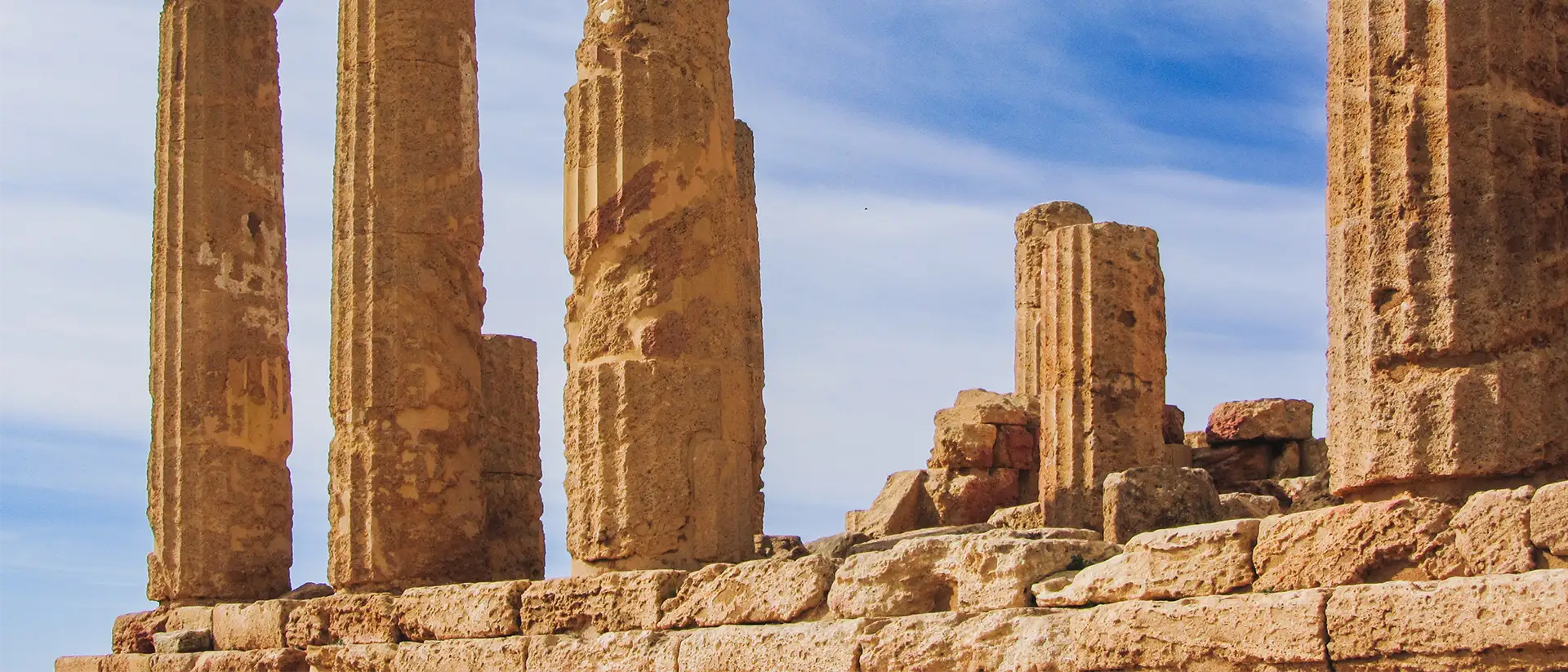Whether caused by natural erosion or human activity (urbanisation, pollution, climate events, rising sea levels, etc.), more and more archaeological sites are under threat. Archaeologists are working against the clock to identify, document, and preserve places of interest before they are lost forever.
Thankfully, archaeology has come a long way over the years. Modern practitioners now have the help of analytical techniques to document artefacts and imaging technologies to find and map sites. Armed with new tools, the field aims to accelerate discoveries and better preserve historically significant locations.
One of these new technologies finding greater use across the field is hyperspectral imaging (HSI). A non-destructive technique, HSI provides data for imaging both large areas (to map archaeological sites and identify new areas for investigation) and smaller artefacts (delivering a more comprehensive analysis of archaeological objects).
HSI uses advanced optical techniques to deliver spectral information on top of a typical 2D image. While traditional cameras provide a 2D array of coloured pixels, HSI outputs a 3D hypercube with 30 or more data points representing the spectra incident on each pixel of the camera. These data points reveal spectral information and signatures to identify subtle differences in materials, surface characteristics, and pigments that would go unnoticed using traditional photography.
Multispectral imaging (a reduced form of HSI with roughly 10 data points per pixel) began to be used in art conservation during the early 1990s. Over the last ten years, HSI technology has crossed over from the art world, becoming a valuable imaging tool for archaeologists in the field. Hyperspectral systems are now robust and stable enough to provide fast and meaningful data outside of controlled environments. Allowing archaeologists to perform:
- Large-scale remote sensing with aerial and satellite data, mapping new sites and finding
buried evidence - Non-destructive analysis of artefacts in significant detail, uncovering hidden details and
increasing our understanding of the history and culture behind archaeological finds
Identifying and mapping archaeological sites with more data than ever before
HSI’s main application within archaeology has been the use of satellite imaging to discover hidden features underground. This form of remote sensing offers unique data that would not be possible using more traditional techniques.
While satellite-based HSI provides useful archaeological information, the limited spatial resolution is not well suited to the discovery of small archaeological features. Therefore, HSI is also being utilised in aerial photography.
For the last hundred years, archaeological surveys for site discovery have been conducted using low-flying aircraft and traditional photography. This approach offers high spatial resolution, but vegetation and soil marks can go undetected in sub-optimal conditions with only three colour bands per pixel. Small differences in height or crop colour might be too low in contrast to be noticeable with traditional cameras.
With greater spectral resolution, hyperspectral cameras offer the extra detail needed to detect signs of subsurface structures key for discovering archaeological sites.
Previous hyperspectral systems were limited in their use for archaeological site discovery due to their reduced spatial resolution and the tremendous amount of data processing they required. Newer systems now offer the spectral and spatial resolution needed to improve the detection of archaeological markings and the data processing techniques required for high frame rates, extracting meaningful image cubes much faster than before.
With HSI, archaeologists can now:
- Highlight similarities and dissimilarities in the composition of materials to increase the
likelihood of detecting hidden subsurface structures - Comprehensively map existing archaeological sites
- Highlight specific locations for further investigation and implement data-driven sampling
strategies for targeted analysis - Track changes over time in order to protect and preserve historically significant locations
and landmarks.

Analysing archaeological sites and artefacts in greater detail
HSI has also found use closer to the ground, with portable systems operating in the field to deliver enhanced analysis of archaeological sites and artefacts. Hyperspectral data offers a range of benefits to archaeologists, with use cases in material identification, vegetation analysis, preservation and restoration, and dating and chronology.
The key benefit of HSI, beyond its added spectral information, is that it is non-destructive.
Archaeological manuscripts, parchments, and artworks degrade with time. With hyperspectral systems, we can understand these artefacts without causing any further damage. HSI simply measures the reflected spectra an artefact produces, allowing researchers to examine its spectral response, returning previously undetected data. From this, it can:
- Reveal hidden information: Archaeological artefacts typically have secrets beyond what we can detect with the naked eye or traditional photography. Writings and artwork may have alterations, underlying sketches, or faded and hidden information. Perhaps there have been previous attempts to restore them over the centuries. All these can be revealed by analysing the reflected light across different wavelengths.
- Identifying pigments and dyes: HSI can also identify different types of pigments and dyes
used in ancient artworks or for decorating ceramics and pottery. Different pigments have
different spectral fingerprints that show up in the hyperspectral data. Previous techniques may require destructive chemical analysis to reveal the same information. - Conservation: With accurate, high spectral resolution data, archaeologists and conservators can monitor changes over time, tracking natural degradation or issues caused by the transportation and storage of artefacts. This data can help improve conservation techniques and treatments, such as laser cleaning or tracking water absorption.
- Restoration: Beyond conservation, hyperspectral data can also be used to improve the
accuracy of restoration efforts for damaged or degraded antiques and relics. Hyperspectral data reveals the original pigments, materials, and even the artistic techniques first used. This information helps conservators make better decisions about how best to restore items.
The added information provided by HSI leads to new discoveries, improved preservation, and a greater understanding of the history and culture behind archaeological sites and artefacts.
Combining HSI with other techniques
While a great tool for archaeologists, HSI is just one of many available to them. Effective
archaeological practices utilise and combine various techniques to build the fullest picture available to them.
Hyperspectral data can be enriched by other techniques that, for example, provide chemical or molecular information about ancient remnants or relics. HSI is commonly combined with x-ray fluorescence, Raman spectroscopy, laser scanning, and micro-destructive techniques that deliver detailed chemical analysis of small samples.
Recent examples include:
- Combining HSI and x-ray fluorescence to uncover hidden details in two Egyptian paintings. Researchers discovered alterations made by the original artists by analysis on-site in the tombs using portable devices.
- Combining HSI with a chemometric model to generate chemical images of ancient bones, quantifying the distribution of collagen present.
Getting hyperspectral systems into the field
HSI is becoming a highly valuable tool for archaeology, providing non-destructive spectral and spatial data. For the technique to proliferate further, researchers need access to low-cost, portable, robust, and easy-to-use imagers capable of delivering accurate results in the field. They also need fast systems capable of compressing the tremendous amount of data collected to produce real-time images.
Get in touch today and learn more about how Living Optics is redefining the future of hyperspectral imaging.



